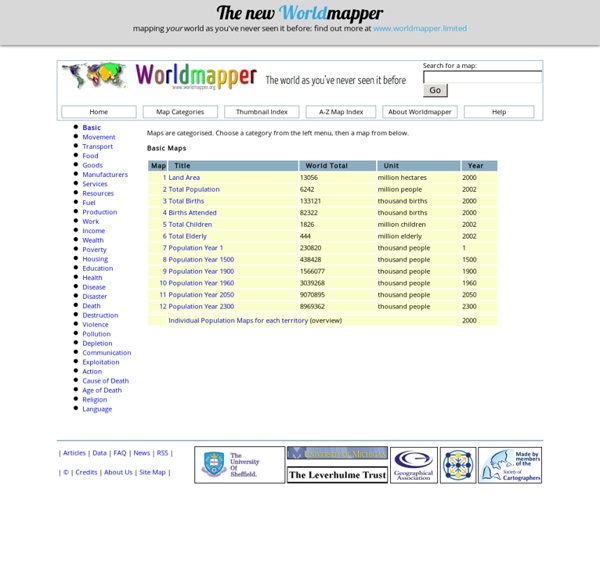



Ancient Civilizations Public Profiler glee: Prayer original BBC Global population interactive Sources: All population data are based on estimates by the UN Population Division and all calculations provided by the UN Population Fund. The remaining data are from other sections of the UN, the Global Footprint Network and the International Telecommunications Union. Want to find out more? Notes on the data: Only birth dates after 1910 can be accommodated and only countries with populations of more than 100,000 people are included. Three country groupings - developed, developing and least developed - featured in the conclusions are those referenced by the UN for assessing the Millennium Development Goals. Read the answers to frequently asked questions here.
Understanding and Teaching the Australian Curriculum: Geography for Primary Schools Following the recent publication of the first-ever Australia Curriculum: Geography for F–12, primary school teachers are expected to play the key role in implementing the curriculum in Australian schools – yet most primary teachers are not geography scholars, and many are likely to lack confidence in teaching the subject due to their uncertainty about what it entails. Understanding and Teaching the Australian Geography Curriculum for Primary Schools is designed to ease the burden of primary teachers by showing them how to understand and use the curriculum they are being asked to teach. Features of the book include: By unpacking the Australian Curriculum: Geography in terms of that non-geographers can easily understand, this book takes work out of standards-aligned geography instruction, proving that geography is an interesting and important subject which imparts essential understandings and skills and contributes to the personal and social development of young children.
The robot and the baby Next: Bibliography John McCarthy JanFebMarAprMayJun JulAugSepOctNovDec , :< 10 0 John McCarthy 885 Allardice Way Stanford, CA 94305 (h) 650 857-0672 (c) 650 224-5804 email: jmc@cs.stanford.edu ``THE ROBOT AND THE BABY'' A story by John McCarthy ``Mistress, your baby is doing poorly. ``Stop bothering me, you fucking robot.'' ``Mistress, the baby won't eat. ``Love the fucking baby, yourself.'' Eliza Rambo was a single mother addicted to alcohol and crack, living in a small apartment supplied by the Aid for Dependent Children Agency. Robot Model number GenRob337L3, serial number 337942781--R781 for short--was one of 11 million household robots. R781 was designed in accordance with the not-a-person principle, first proposed in 1995 and which became a matter of law for household robots when they first became available in 2055. Congress declared a 25 year moratorium on child care robots after which experiments in limited areas might be allowed. Baby Travis had barely touched its bottle. (? ``Ma'am.
Canada's Prime Ministers Archived Content This archived Web page remains online for reference, research or recordkeeping purposes. This page will not be altered or updated. Web pages that are archived on the Internet are not subject to the Government of Canada Web Standards. As per the Communications Policy of the Government of Canada, you can request alternate formats of this page on the Contact Us page. For Teachers Welcome Teachers! Download Freeware The Learning Centre has been developed to bring together educational resources for a rich learning experience. Whether you want ready-to-use lesson plans or classroom ideas that you can adapt to your students' particular needs, you will find it here. Qualified curriculum developers are creating curriculum-suited teaching units, on specific topics and for a variety of levels. Your students can learn about what really happened in Canada's past by examining the primary sources available in "The EvidenceWeb." Educational Resources Distribution List
Geographical Association - home If you've studied design at all, you've probably encountered Lorem Ipsum placeholder text at some point. Anywhere there is text, but the meaning of that text isn't particularly important, you might see Lorem Ipsum. Most people recognize it as Latin. And it is. But it is arbitrarily rearranged and not quite coherent Latin, extracted from a book Cicero wrote in 45 BC. Here's the complete quote, with the bits and pieces that make up Lorem Ipsum highlighted. Nemo enim ipsam voluptatem, quia voluptas sit, aspernatur aut odit aut fugit, sed quia consequuntur magni dolores eos, qui ratione voluptatem sequi nesciunt, neque porro quisquam est, qui dolorem ipsum, quia dolor sit amet, consectetur, adipisci[ng] velit, sed quia non numquam [do] eius modi tempora inci[di]dunt, ut labore et dolore magnam aliquam quaerat voluptatem. But what does it all mean? Greeking is a style of displaying or rendering text or symbols, not always from the Greek alphabet. Classic Lorem Ipsum Images
WorldMapper (2014) is an interactive site that allows the user to access information on maps about geographical information in a given area including births, number of children, number of elderly, population in a given year and land area. The site is easy to navigate and can be accessed for starting inquiry processes into geographical content including investigations into why the population may have significantly dropped off in subsequent years.
References
Sasi Group. (2014). WorldMapper. Retrieved from by mcclure88 Jun 11